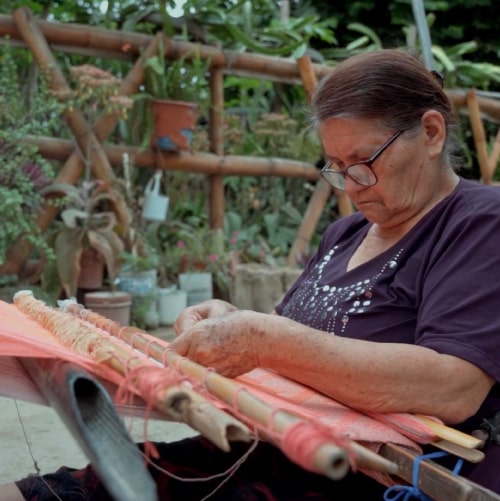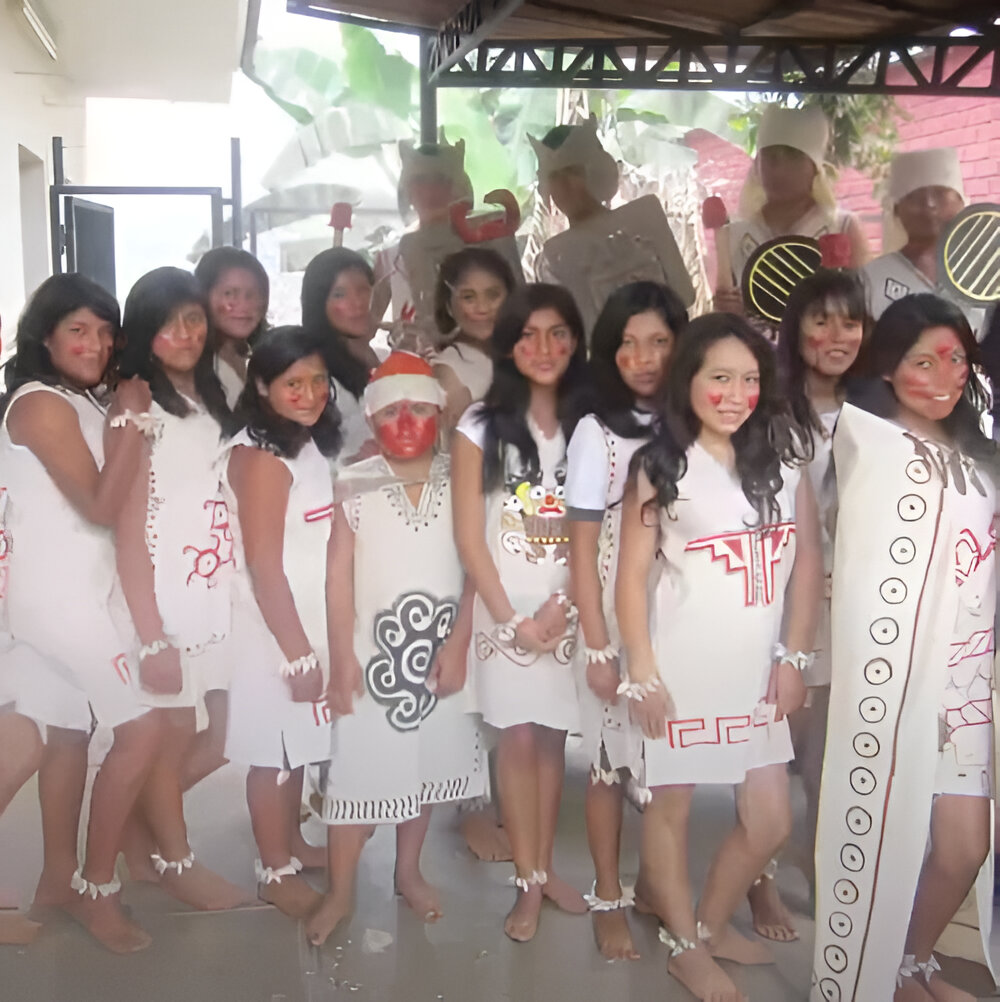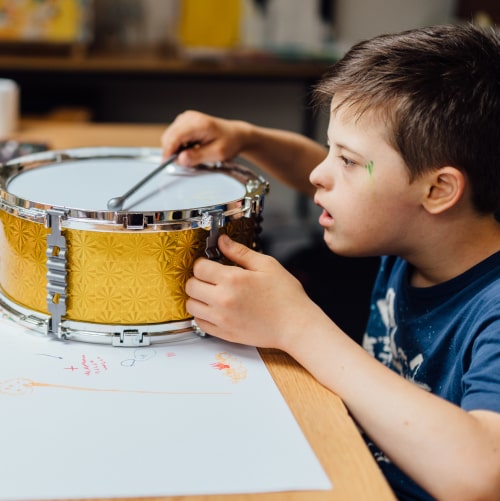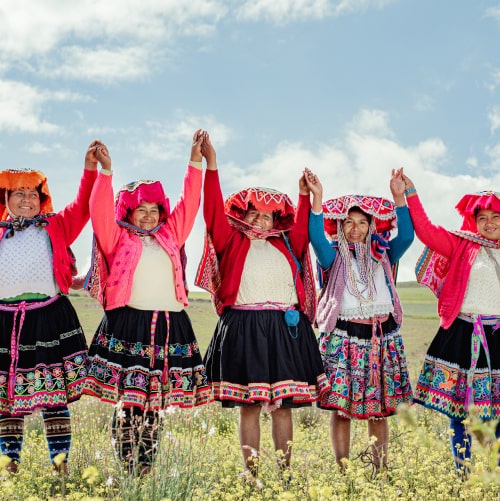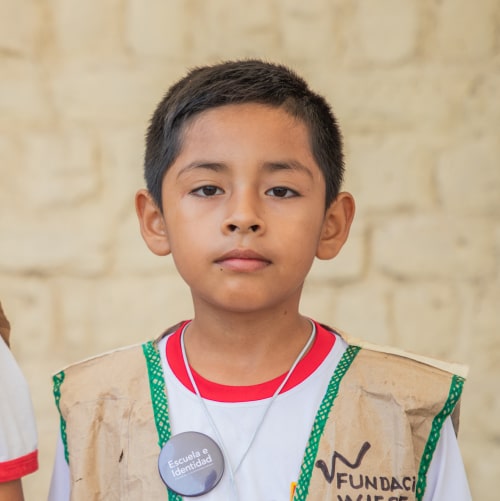The importance of preventing school harassment is undeniable. In a world where violence affects children and adolescents in their homes and schools, it is crucial that we take steps to ensure that our pupils have a safe environment to grow and learn.
According to UNICEF, 6 out of 10 children and adolescents have been beaten at some point in their homes and 70% have suffered psychological violence that includes insults, threats and humiliation, among others.
Throughout this article, we will address what school harassment is and provide fundamental tips to prevent it, promoting a space of respect and care.
What is school harassment?
School harassment, also known as school bullying, is a problem that affects children and adolescents all over the world. The violence is not limited to the physical form: psychological violence is just as harmful and often more insidious.
In the majority of cases of violence in the school, 54% involve pupils bullying their peers, while 46% involve school staff targeting pupils. This landscape of violence, which includes physical, psychological and sexual violence, must be visible in schools so that children and adolescents may learn what they can resort to in order to protect themselves and report cases of violence.
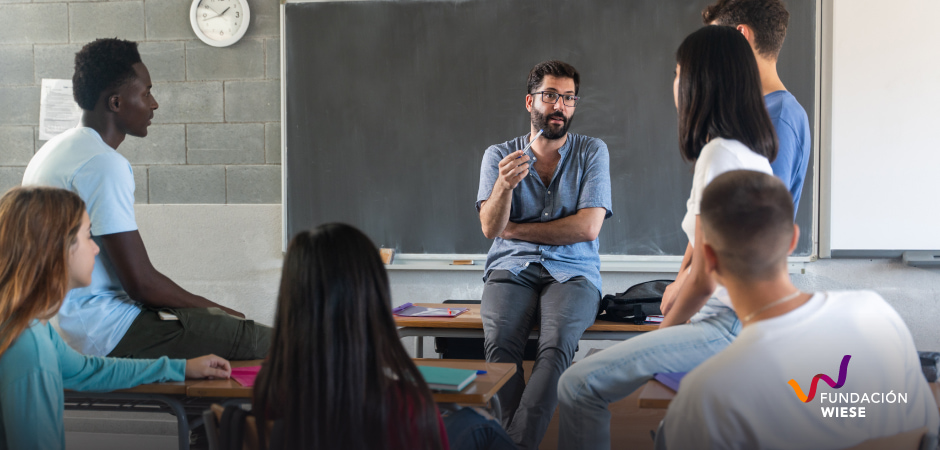
Tips for preventing school harassment
The following tips will help us to prevent harassment in schools:
Being attentive in order to detect cases of violence
Early detection is essential. Observing changes in pupil behavior, such as isolation, mood swings, or poor academic performance, can be a sign that something is wrong.
Referring cases that require support
Not all harassment cases can be handled solely in the school setting. It is important to refer cases that need psychological support, or legal advice, to trained professionals.
Promoting respect for vital space and limits
Teachers must work with pupils on the right to respect for body space. They must teach them to set limits, be treated kindly and respectfully, and have the right to report it if these limits are not respected.
Naming the various forms of violence
Although it may be uncomfortable, it is important to name and discuss the various forms of violence. We must present hypothetical situations for pupils to discuss and consider how they can protect themselves and who to turn to at school if faced with such situations.
Recognizing situations of violence
Recognizing situations of violence is a protective tool because it prevents them from being normalized. Pupils need to understand that it is alright to talk about it and that the educational community is committed to their safety and well-being.
Talking about the subject
There’s no better way to prevent school harassment than to talk about it. Pupils must feel that their teachers and the educational community are their allies in the fight against violence. It is essential to encourage open communication and reporting.
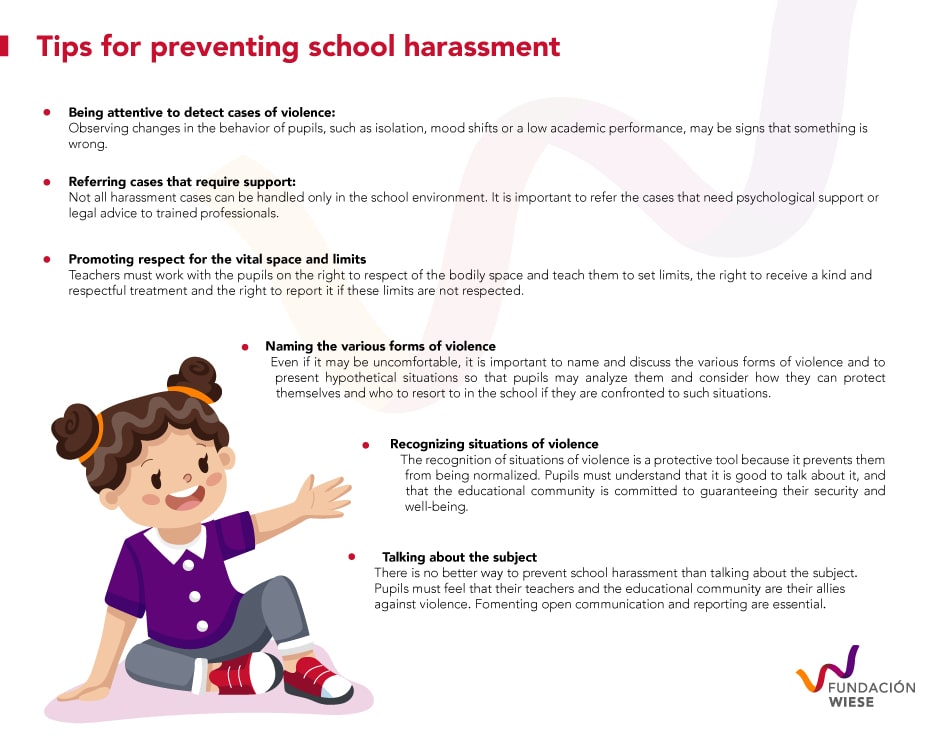
Following protocols for handling cases of violence
Schools must establish and follow effective protocols to address cases of violence. This guarantees a quick and appropriate response to situations of harassment. Moreover, the government has established some guidelines for the management of school coexistence, prevention and attention to violence against children and adolescents.
Preventing school harassment is a task that requires the collaboration of the entire educational community. As members of this community, it is our responsibility to look after the well-being of our pupils. Through our Educational Quality program, we promote safe school environments that are free of violence. Learn more here: https://www.fundacionwiese.org/calidad-educativa
You may also be interested in:



